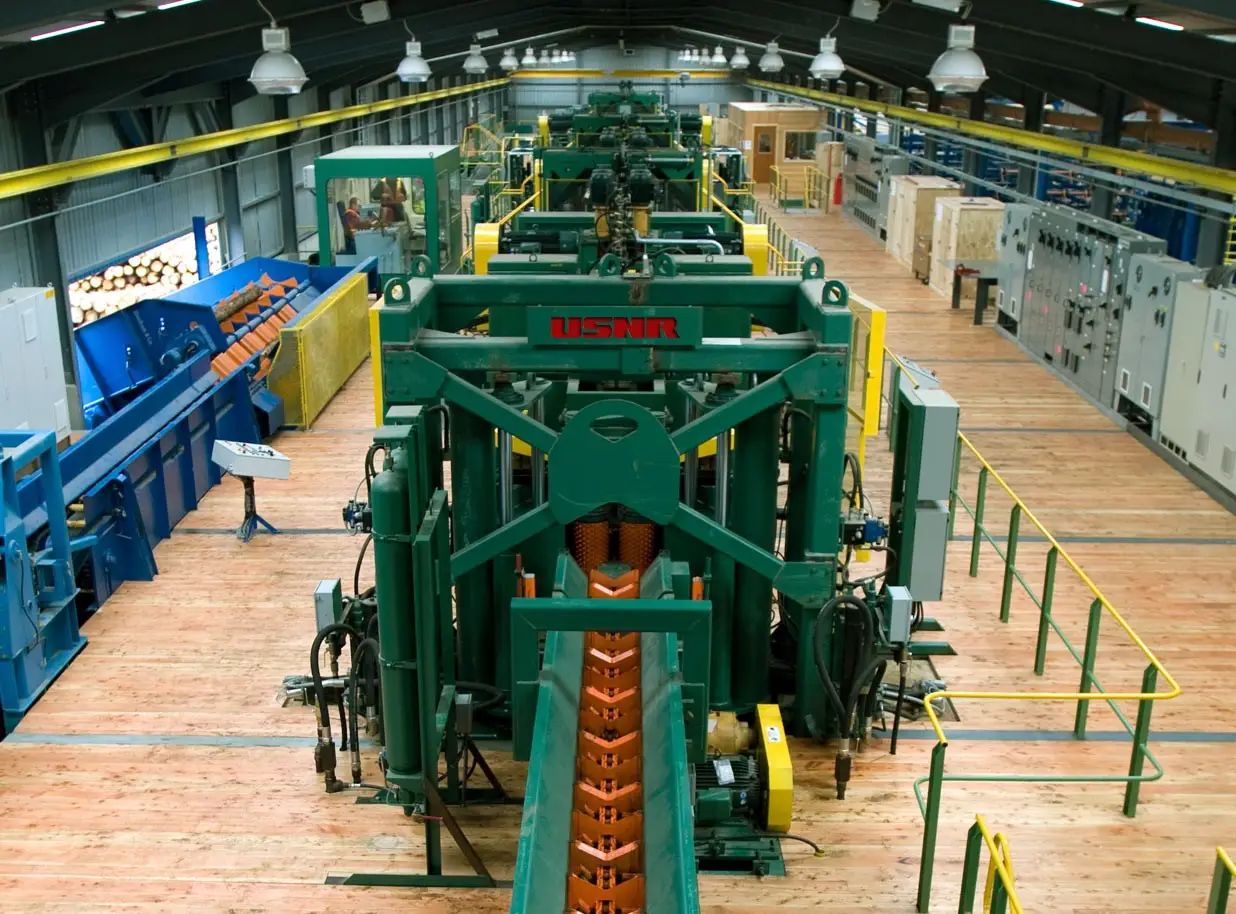Canadian sawmill production surges by 16.21tpa in January
according toStatistics Canada(StatCan) The latest data on April 3 shows that Canada's sawnwood production in January 2025 increased month-on-month.A substantial increase of 16.2%, reaching 3.8716 million cubic meters. However, it still fell by 3.1% compared with January 2024.
In terms of shipments, Canadian sawmills shipped a total of 3.8007 million cubic meters of timber in January, an increase of 19.4% from the previous month, but a slight decrease of 1.6% from the same period last year.
LumberFlow Expert Interpretation
Impact on Chinese importers:
- The production volume in January increased significantly month-on-month (+16.2%), and it is expected that the products will arrive at Chinese ports in February and March, which will ease the tight supply of SPF sheets in East China in the short term.
- The year-on-year decrease of 3.1% reflects the continued log supply constraints in western Canada. It is recommended to pay attention to alternative procurement opportunities for Douglas fir in British Columbia
- The monthly shipment increase of 19.4% will improve the container turnover efficiency of Vancouver Port, and the CIF price in China is expected to drop by 2-3% in April.





